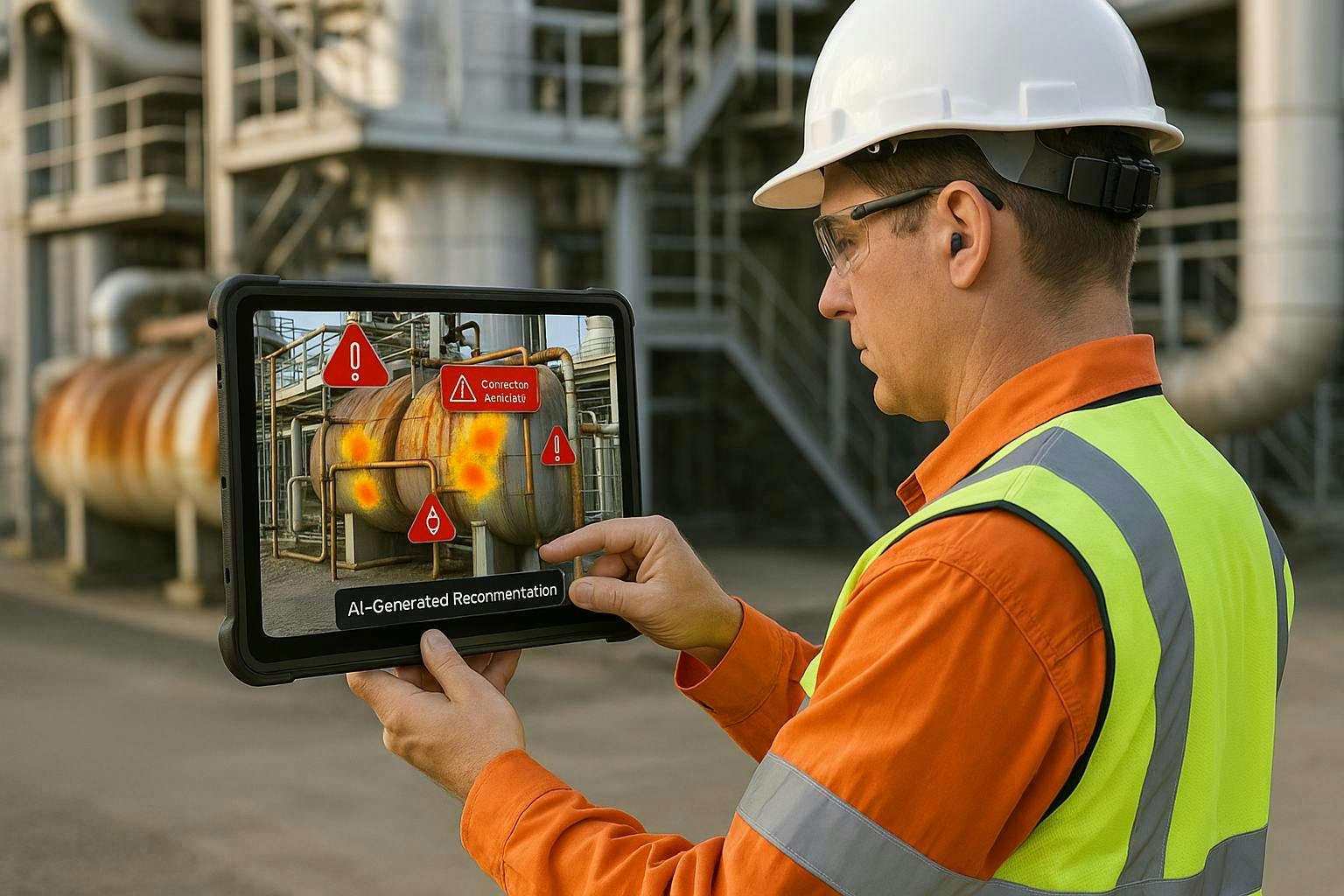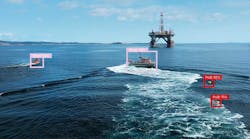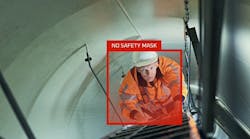A guide to offshore inspections of electrical equipment using mobile devices and AI
By Naaman Shibi, Pervidi
Electrical equipment inspections form the foundation of safe operations in offshore environments. Ensuring compliance with standards, such as IEC 60079, requires a systematic and reliable approach, especially when managing explosive atmospheres or isolated installations.
Traditional inspection methods often rely on clipboards, manual reports and paper forms. These introduce delays, increase the risk of errors and complicate traceability. With the evolution of mobile technology and artificial intelligence (AI), a growing number of offshore operators are rethinking how inspections are performed, recorded and actioned.
Offshore inspection challenge
Offshore installations are complex and operate under extreme conditions. Inspections of electrical and Ex-rated equipment must account for corrosion, salt exposure, vibration, temperature extremes and restricted access. Conducting these inspections accurately and efficiently becomes difficult when using outdated tools.
Common issues include:
- Paper-based records that are hard to interpret, retrieve or use for audit trails;
- Inconsistent or missing photo evidence to support findings;
- Delays in initiating corrective actions or follow-ups;
- Duplicate data entry into systems like CMMS, EAM or ERP; and
- Lack of standardization across shifts, teams or locations.
These challenges lead to reduced visibility, non-compliance risks and higher maintenance costs across the asset life cycle.
Using mobile devices in hazardous areas
Mobile inspection solutions now enable technicians to complete inspections using intrinsically safe tablets or smartphones, even in Zone 1 or Zone 2 areas. These solutions operate fully offline and are configured to support real-world tasks directly at the point of inspection.
Capabilities include:
- Step-by-step digital checklists aligned with IEC, ISO or OEM standards;
- Photo capture with automatic timestamp, GPS location and inspector annotations;
- Voice recording that converts speech into structured notes;
- In-field validation of readings, tags or Ex markings; and
- Real-time assignment and tracking of corrective actions.
This leads to faster inspections, fewer omissions and richer data that supports better decisions.
Introducing AI into the inspection workflow
AI extends mobile inspection platforms by helping interpret, score and connect data. Rather than just digitizing checklists, AI transforms inspections into decision support tools.
Examples of AI capabilities include:
- Voice-to-text transcription that streamlines input and ensures clarity across reports;
- Image recognition that highlights defects like rust, missing labels, improper gland fittings or overheating;
- Automated compliance reporting and scoring based on rule sets linked to standards or equipment type;
- Identification of recurring issues or degradation trends over time; and
- Predictive alerts suggesting maintenance windows before failure occurs.
These features reduce inspector workload and enable supervisors to focus on high-priority risks.
Integration and actionability
Mobile and AI platforms can connect directly with enterprise systems like CMMS, ERP or digital twins. This bridges the gap between inspection and action, ensuring findings are not siloed.
Key benefits include instant generation of work orders, defects or NCRs; inspection dashboards that visualize compliance and risk status; consistent formatting for audit and regulatory reporting; and long-term storage of photos, readings and notes tied to asset history.
This integration streamlines handovers, supports audit readiness and reinforces accountability.
Benefits for offshore operators
For operators managing complex offshore assets, these solutions offer higher inspection productivity and data reliability as well as fewer human errors and better defect traceability. Moreover, it offers faster response to issues identified on site. These systems also provide greater transparency across inspection programs as well as stronger alignment with industry regulations and safety frameworks.
Key takeaways
Electrical equipment inspections are too critical to rely on outdated tools. In offshore environments, where risks are elevated and logistics are challenging, adopting mobile and AI-powered inspection platforms offers a smarter, safer and more effective approach.
The AI revolution is already underway. What began with electrical compliance is now expanding into lifting gear inspections, height safety, operator rounds, confined space entry checks and more. Offshore teams that embrace these technologies are better positioned to reduce downtime, protect people and stay ahead of compliance.
Exclusive content:
About the Author

Naaman Shibi
Naaman Shibi is a senior solutions consultant at Techs4biz, specializing in digital transformation for inspections, maintenance and compliance across high-risk industries. He has more than 25 years of experience in delivering mobile and AI-powered solutions.
Naaman leads the deployment of Pervidi's inspection platforms across sectors including oil and gas, mining, manufacturing, utilities and heavy industry. His expertise bridges operational technology with practical field execution, helping clients transition from paper-based processes to smart, data-driven systems.




